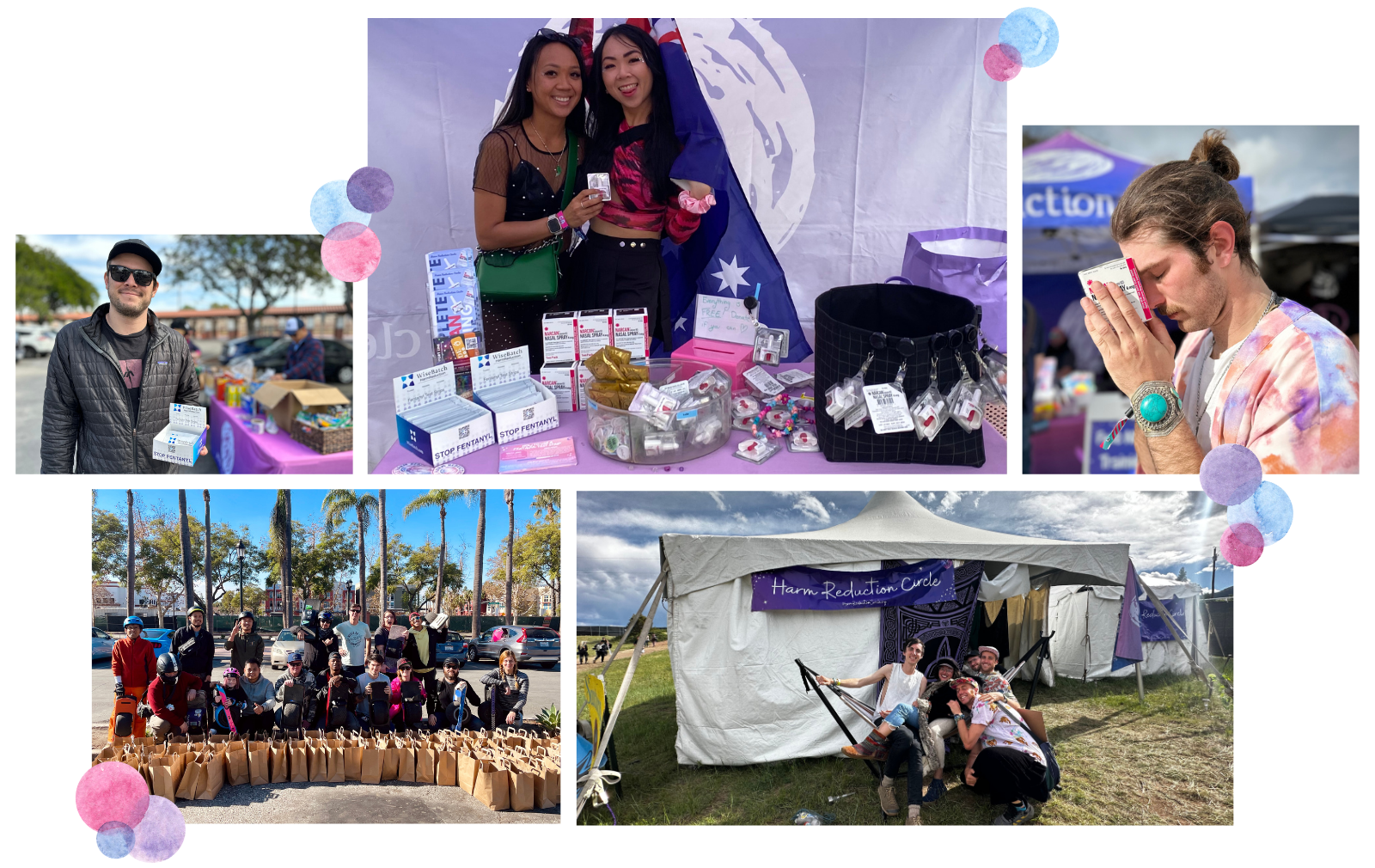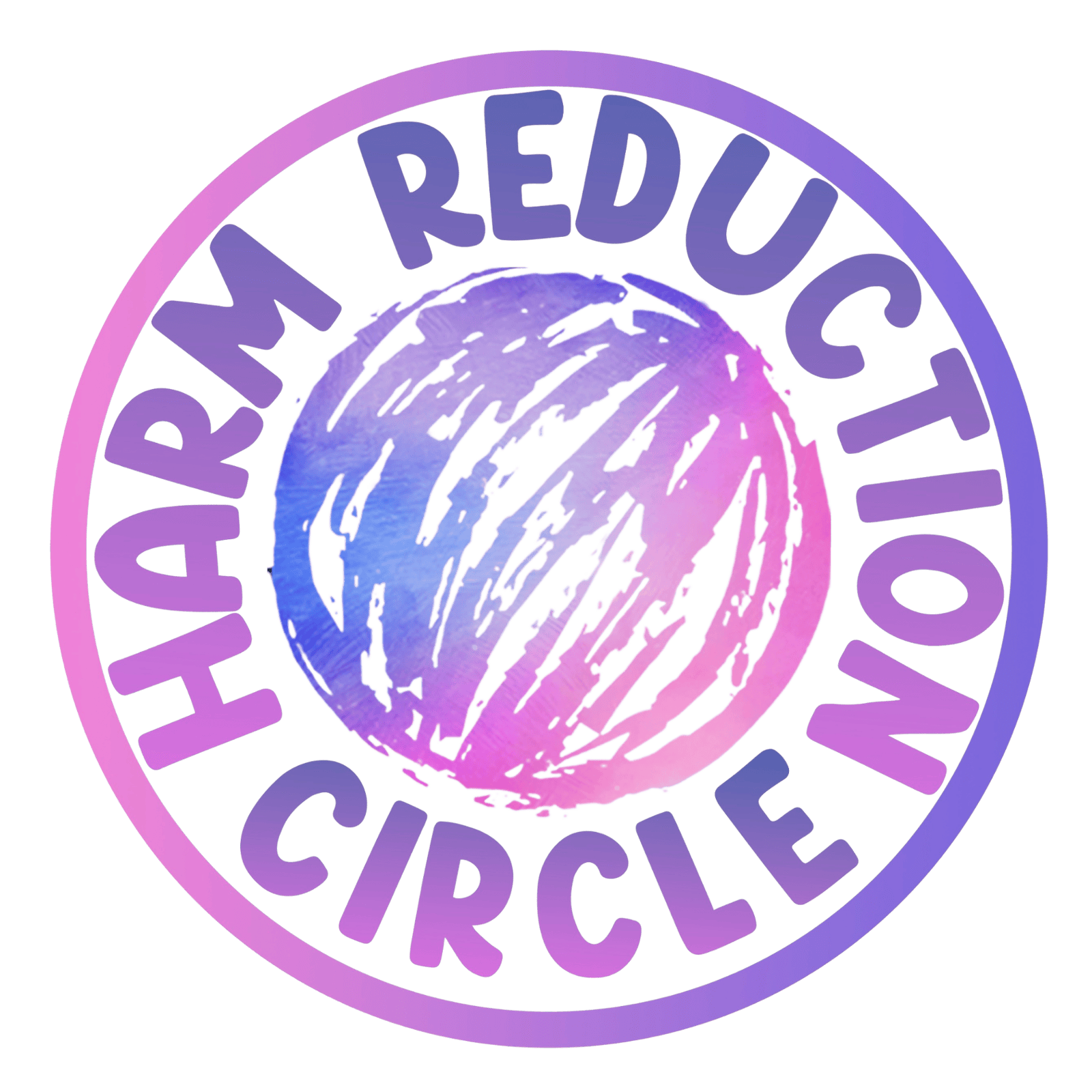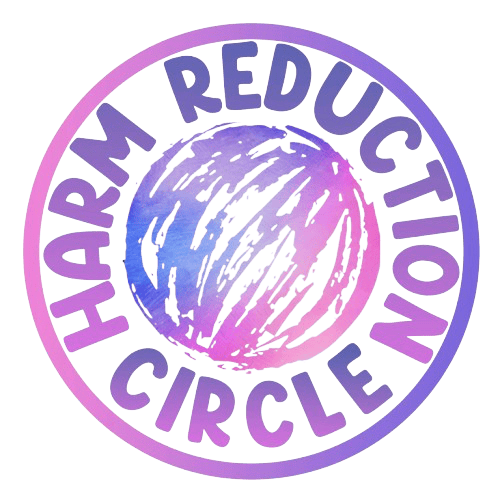Our expertise
Key Issues in Festivals & Other Nightlife Settings
Nightlife spaces—clubs, bars, raves, and music festivals—bring people together to celebrate, connect, and create community. But these same environments can carry serious risks. High levels of alcohol and drug use, especially when substances are mixed, increase the chances of medical emergencies, unsafe sex, violence, and impaired driving.
Across the U.S. and worldwide, fentanyl has rapidly become a driving factor in overdose deaths. Counterfeit pills and powders—often contaminated with fentanyl, xylazine, or other adulterants—are frequently encountered in nightlife and festival settings, dramatically increasing the risk of unintentional overdose. The reality is that many people who think they’re taking MDMA, cocaine, or prescription medications may unknowingly be exposed to far more dangerous substances.
Environmental factors—such as heat, crowding, loud music, and limited access to water—can make these risks worse. And because nightlife often involves long hours, travel, and limited sleep, the chances of harm can multiply.
That’s why harm reduction measures like free hydration stations, sanctuary spaces, naloxone access, drug checking, and trained staff are critical at events of all sizes. These strategies don’t discourage nightlife; they strengthen it by ensuring people can celebrate more safely, with their health and dignity protected.

Nightlife Services for Event Organizers & Venues:

What Organizers Receive Before the Event
- Comprehensive Harm Reduction Plan — written blueprint with services, staffing, footprints, hours, and communication protocols.
- Risk Map & Mitigation Checklist — tailored guidance addressing environmental and substance-related risks (heat, dehydration, crowding, polysubstance, DFSA).
- Training Options for Staff & Security — micro-trainings covering overdose response, naloxone use, de-escalation, ADA accommodations, and compassionate interventions.
- Metrics & Reporting Framework — clear plan for how data will be captured, analyzed, and reported in the post-event debrief.
Step 1: Pre-Event Planning
Building Safety into the DNA of Your Event
Every event has its own rhythm, culture, and challenges. Whether it’s a small club night or a multi-day camping festival, our team helps you weave harm reduction into your operations—not as an add-on, but as part of the foundation. We collaborate early with organizers, venues, and production teams to design safety systems that align with your vision, protect your guests, and keep the energy of your event intact.
Event Needs Assessment
Before the lights come on and the music starts, we work alongside your team to understand the environment you’re creating and the community you’re serving. Our structured assessment process identifies potential risks, anticipates crowd behavior, and ensures all safety partners are aligned.
Needs Assessment Includes:
Profile the event: type, expected attendance, age range, and demographics.
Map risks: heat, crowding, polysubstance use, and drink spiking.
Review site layout: determine ideal footprints (10×10 · 10×20 · 20×20 · custom).
Define role clarity: coordinate with medical, EMS, security, ADA, and operations.
Establish communication pathways: radio call-signs, escalation ladders, and quiet channels for sensitive issues.
Set realistic service levels: tailor staffing and supplies to your crowd dynamics and venue capacity.

What Organizers Receive Before the Event
📘 Comprehensive Harm Reduction Plan
A written blueprint outlining services, staffing, hours, and communication protocols.
🗺️ Risk Map & Mitigation Checklist
Tailored guidance addressing environmental and substance-related risks such as heat, dehydration, crowding, polysubstance use, and DFSA.
🎓 Training Options for Staff & Security
Micro-trainings on overdose response, naloxone use, de-escalation, ADA accommodations, and compassionate interventions.
📊 Metrics & Reporting Framework
A clear plan for how data will be captured, analyzed, and summarized for the post-event debrief.
Creating a Customized Harm Reduction Plan
We co-design a plan that matches your event’s culture, size, and safety goals. Plans may include:
Pre-event messaging, signage, and informed-consent language.
Specialized drug-education materials or on-site workshops.
Discreet drug-checking options (where legally permitted).
Roaming peer-outreach teams and a right-sized sanctuary space.
De-escalation and warm-handoff protocols connecting peers, medics/EMS, and security.
Defined boundaries for law-enforcement engagement to ensure compassionate, non-coercive response.
⚠️ Note: Harm Reduction Circle is not a medical provider; we coordinate closely with on-site medical teams and EMS.
Why It Matters
Strong planning sets the foundation for everything that follows. By identifying risks, clarifying roles, and aligning expectations before doors open, organizers avoid last-minute crises and keep the focus on the music, the community, and the culture. When harm reduction is integrated from the start, it strengthens your overall safety net, streamlines operations, and shows attendees that their well-being is a true priority.
Ready to Start Planning?
Let’s design a safety plan that matches the spirit of your event.

Step 2: On-Site Services & Deployment
What We Bring to Every Event We Serve
Once the gates open, we put your customized harm-reduction plan into motion. Our team blends sanctuary care, roaming outreach, real-time coordination, and education to keep guests safe, comfortable, and supported. Every service is built to adapt to your venue’s scale, culture, and flow.
Full List of Available Services:

Inner Circle Sanctuary:
A calm, judgment-free space to rest, hydrate, and reset with trained peers when the night feels overwhelming.

Peer Support & Education:
Friendly, experienced peers offer real-time support, safer-use tips, and judgment-free conversations.

Mobile Peer Outreach:
We meet you where you are—roaming the crowd with supplies, water, & compassion without judgment.

Trip Sitting Support Services:
Grounded, caring support for guests navigating intense or overwhelming experiences. You’re never alone here.

Overdose Response Training:
Quick, hands-on training that teaches you how to spot and reverse an overdose—because everyone can save a life.

Drug Checking & Test Strip Distribution:
Get test strips for fentanyl, xylazine, and more. Know what’s in your stuff and make safer, informed choices.

Essential Supplies:
Free earplugs, snacks, sunscreen, condoms, and more—small essentials that keep you safe and dancing.

Printed Materials:
Take-home guides on overdose response, consent, and safer partying—easy to read, easy to share, free to grab.

Community Workshops:
Learn safer nightlife habits, trip-sitting basics, and overdose response in short, fun, peer-led workshops.

Sexual Health & Wellness:
Free condoms, lube, and consent education—because pleasure, safety, and respect go hand in hand.

ADA Services:
We assist with accessibility needs and mobility support to ensure every guest can enjoy the event safely.

Other Services:
From kandi stations to phone charging, we add extra touches of care that make your festival experience safer.

Step 3: Post-Event Reporting & Organizer Resources
Measuring impact, learning from data, & strengthening safety for next time.
Our work doesn’t end when the music stops. After every activation, we debrief with event partners to evaluate what went well, identify opportunities for improvement, and turn data into practical insights for future planning.
Post-Event Metrics & Debrief
We deliver a concise Post-Event Summary Report outlining:
Number of guests served and supplies distributed (across all program areas)
Overdose trainings conducted and naloxone kits distributed
Peer interactions and wellness check-ins recorded
Notable collaborations with medical and security teams
Qualitative feedback from attendees and organizers
Recommendations for future harm-reduction integration
Every report is written in plain language, visually formatted for internal presentations, and ready to include in sponsor or grant deliverables.
Data Integrity & Confidentiality
Optional Follow-Up Meeting
Organizers may request a 30-minute virtual or on-site debrief to:
Review the post-event metrics report
Discuss trends observed by harm-reduction peers
Plan incremental safety improvements for future events
Explore advanced training or recurring partnerships
Looking Ahead: Your Next Event
We’re here to build continuity—not one-off appearances. By carrying insights forward, we help organizers establish ongoing harm-reduction infrastructure that evolves with their events and communities.
Let’s Plan the Next Chapter Together

Let’s Talk Nightlife Harm Reduction
Where safety, celebration, and community meet.
Our role is to help you tell that story safely. Whether you’re producing a small underground show or a multi-day festival, Harm Reduction Circle integrates seamlessly with your operations to protect guests, empower staff, and strengthen community trust. We understand that no two events are alike. That’s why we don’t use cookie-cutter setups. Instead, we co-design harm-reduction strategies that reflect your culture, audience, and capacity—preserving the freedom, energy, and authenticity that make your event unforgettable.
Working with Harm Reduction Circle means partnering with an experienced, peer-led team that bridges the gap between medical, operations, and community care. From sanctuary spaces and mobile outreach to overdose-response training, consent education, and post-event reporting, we help you set a higher standard for safety in nightlife.
Why Partner With Us
- Experience Across the Spectrum – We’ve supported nightlife venues and large-scale festivals throughout California and beyond.
- Evidence-Based Methods – Our approach aligns with public-health best practices and current harm-reduction research.
- Community Trust – Peer-led teams build authentic rapport with guests, staff, and security alike.
- Scalable Design – We tailor service footprints from 10×10 booths to full-scale wellness villages.
- Data-Driven Impact – Comprehensive metrics and debrief reports help justify investments and partnerships.
Ready to Collaborate?
Full List of Available Services:

Inner Circle Sanctuary:
A calm, judgment-free space to rest, hydrate, and reset with trained peers when the night feels overwhelming.

Peer Support & Education:
Friendly, experienced peers offer real-time support, safer-use tips, and judgment-free conversations.

Mobile Peer Outreach:
We meet you where you are—roaming the crowd with supplies, water, & compassion without judgment.

Trip Sitting Support Services:
Grounded, caring support for guests navigating intense or overwhelming experiences. You’re never alone here.

Overdose Response Training:
Quick, hands-on training that teaches you how to spot and reverse an overdose—because everyone can save a life.

Drug Checking & Test Strip Distribution:
Get test strips for fentanyl, xylazine, and more. Know what’s in your stuff and make safer, informed choices.

Essential Supplies:
Free earplugs, snacks, sunscreen, condoms, and more—small essentials that keep you safe and dancing.

Printed Materials:
Take-home guides on overdose response, consent, and safer partying—easy to read, easy to share, free to grab.

Community Workshops:
Learn safer nightlife habits, trip-sitting basics, and overdose response in short, fun, peer-led workshops.

Sexual Health & Wellness:
Free condoms, lube, and consent education—because pleasure, safety, and respect go hand in hand.

ADA Services:
We assist with accessibility needs and mobility support to ensure every guest can enjoy the event safely.

Other Services:
From kandi stations to phone charging, we add extra touches of care that make your festival experience safer.
Help Us Keep the Nightlife Safe
Your support brings harm reduction to dance floors, festivals, and nightlife spaces across the country. Donations fund sanctuary spaces, peer-led outreach, overdose-response training, and the supplies that keep guests safe long after the music ends. Give today and help us protect the communities that make nightlife thrive. Every dollar goes directly toward making nightlife events safer for everyone.
Additional Services & Initiatives
We offer so much more than what you think!

